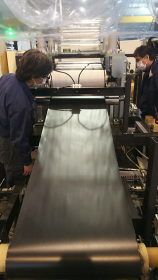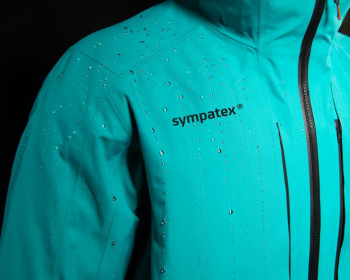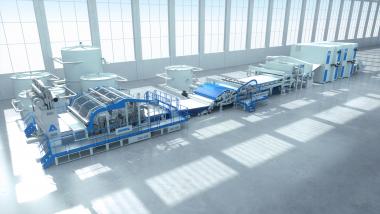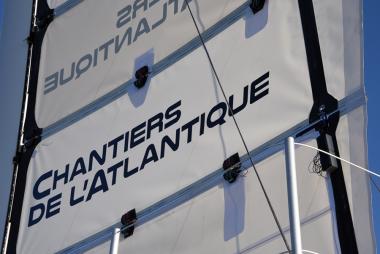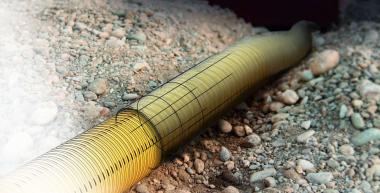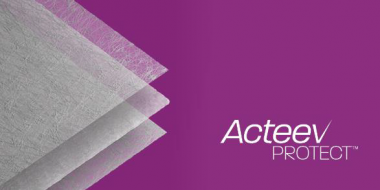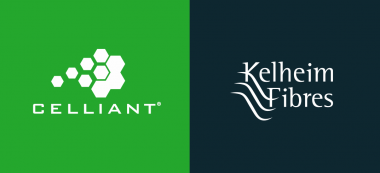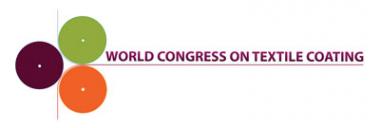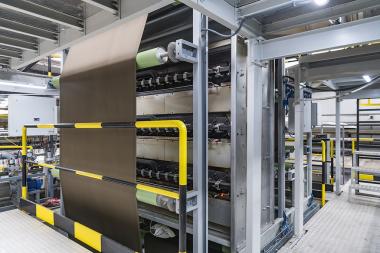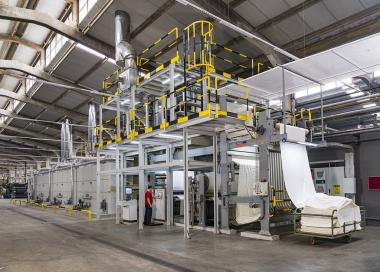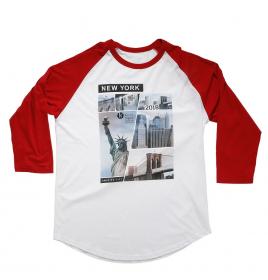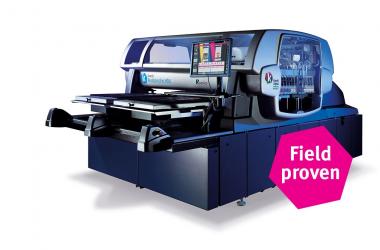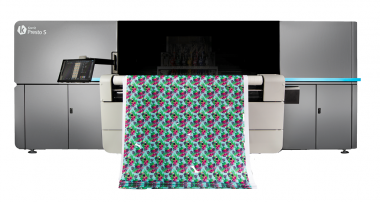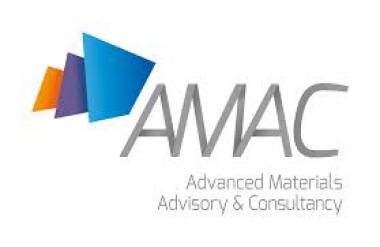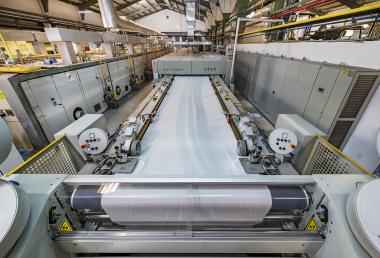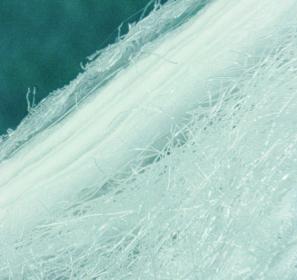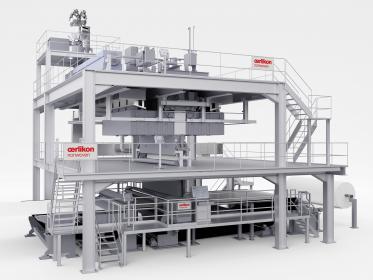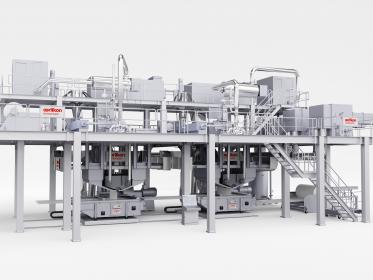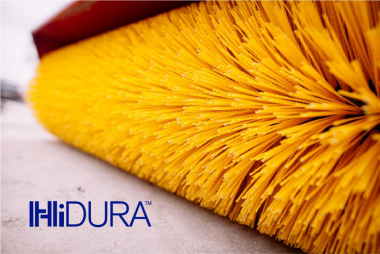Tonello/RUDOLF HUB1922: Collaboration with new laser effects
Tonello and RUDOLF HUB1922 join forces and unveil laser effects. The results: A much simplified, flexible and efficient process - based on latest technological advancements and highly conscious chemistry - that is finally able to replace questionable practices such as potassium permanganate spray.
THE Laser, the absolute Laser
The range that is the new benchmark for the entire sector. New software and a totally reinvented process that return higher precision, speed, flexibility and repeatability. Four models for a specific crafting and avant-garde functions like 360° marking technology, BOP for automatic drawing positioning and the new software CREA make THE Laser suitable and unique for advanced applications.
Laser Smoother (RUCO-SPECIAL LSM)
All-in-one formulation - very easy to pre-apply to garments before laser burning - that translates into a very natural image that is similar to what is created by hand. RUCO SPECIAL LSM amplifies the laser action, completely removes the grey/brow patina produced by the burning of cotton and last but not least, creates a micro-unevenness that simulates manual scraping and celebrates the fabric construction.
The combination of THE Laser and RUCO-SPECIAL LSM (ideally applied through CORE system) is a process that nothing adds to the usual way of working. It is a radical paradigm shift that takes the product directly to a dimension of real, highly sustainable craftsmanship:
- Remarkable enhancement of the fabric’s characteristics;
- Overall effect much more natural and similar to manual scraping;
- A better and more efficient way of working.
EFFE-BI SRL PR & COMMUNICATION






